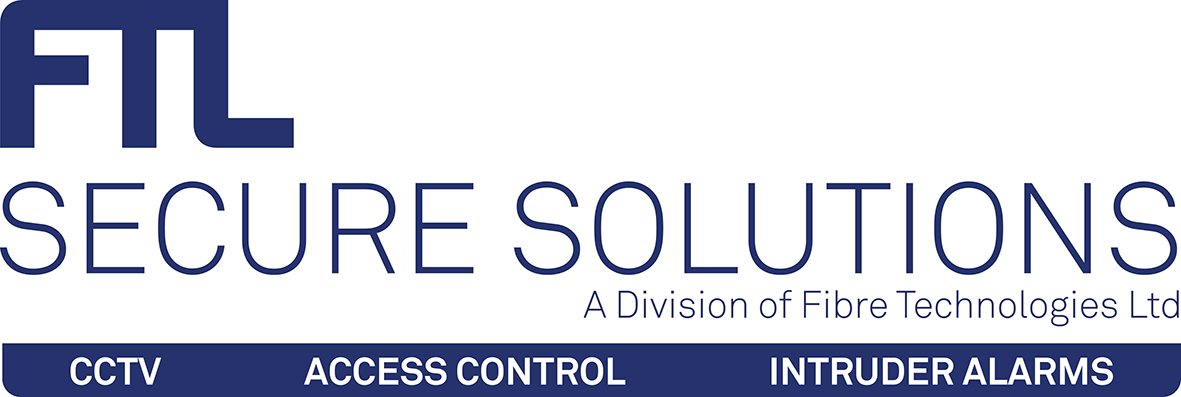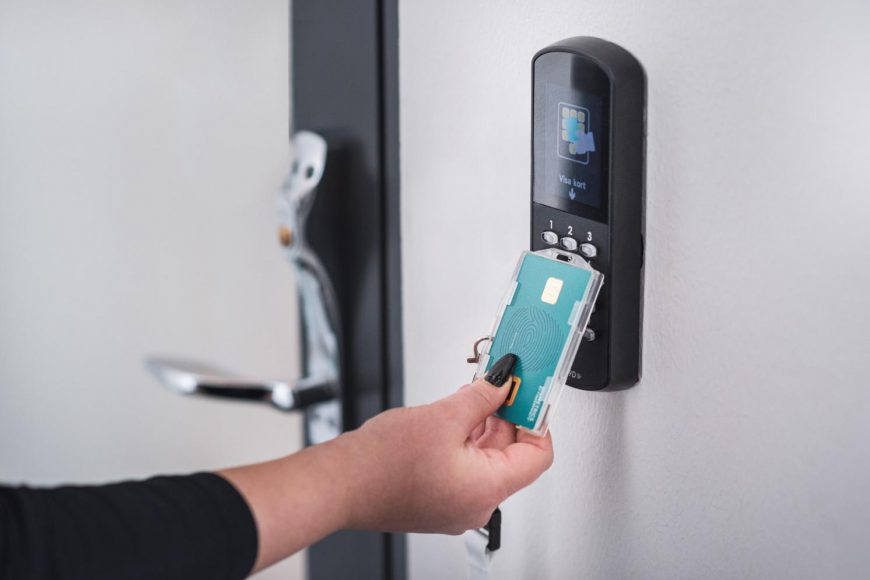Rethinking Access Control for Today’s Flexible Workplace
OVER THE years, approaches designed to support employee well-being have evolved. Delivering job satisfaction, mental health support and flexible and hybrid working are just some of the measures adopted, but what about ensuring people feel safe and protected? Workers feeling vulnerable poses a significant risk to employee well-being, as Michel Roig discovers.
While security has always been a priority, one of the most recent approaches to facilitating employee well-being – flexible and hybrid working (or ‘Working from Anywhere’) – might have created new risks.
Despite most pandemic restrictions having now been lifted, it appears that ‘Working from Anywhere’ is here to stay. Surveys of UK employees have revealed that the proportion of ‘Working from Anywhere’ employees almost doubled between February and May of this year.
It’s easy to see why. Offering ‘Working from Anywhere’ as part of the job remit is now a significant factor in attracting candidates and retaining employees. Signs are emerging that it’s also the key to enhanced productivity.
However, ‘Working from Anywhere’ means that employers have to secure digital estates wherever and whenever employees are working. This represents a significant challenge as companies have to respond to increased digital threats and apply enterprise security for domestic settings.
There are also challenges in physical access that are worrying workers. Even before the pandemic, findings from the Society of Human Resource Management revealed that roughly one-in-seven Americans, for example, don’t feel safe in the workplace.
In essence, the scale of the challenge requires companies to critique their own current security solutions and consider carefully whether the existing regime provides a smart and secure workplace that supports employee well-being.


